Submitted by WA Contents
Buildings in Peru, Senegal and Chile compete for the 2019 RAIC International Prize
Canada Architecture News - May 29, 2019 - 03:19 15026 views
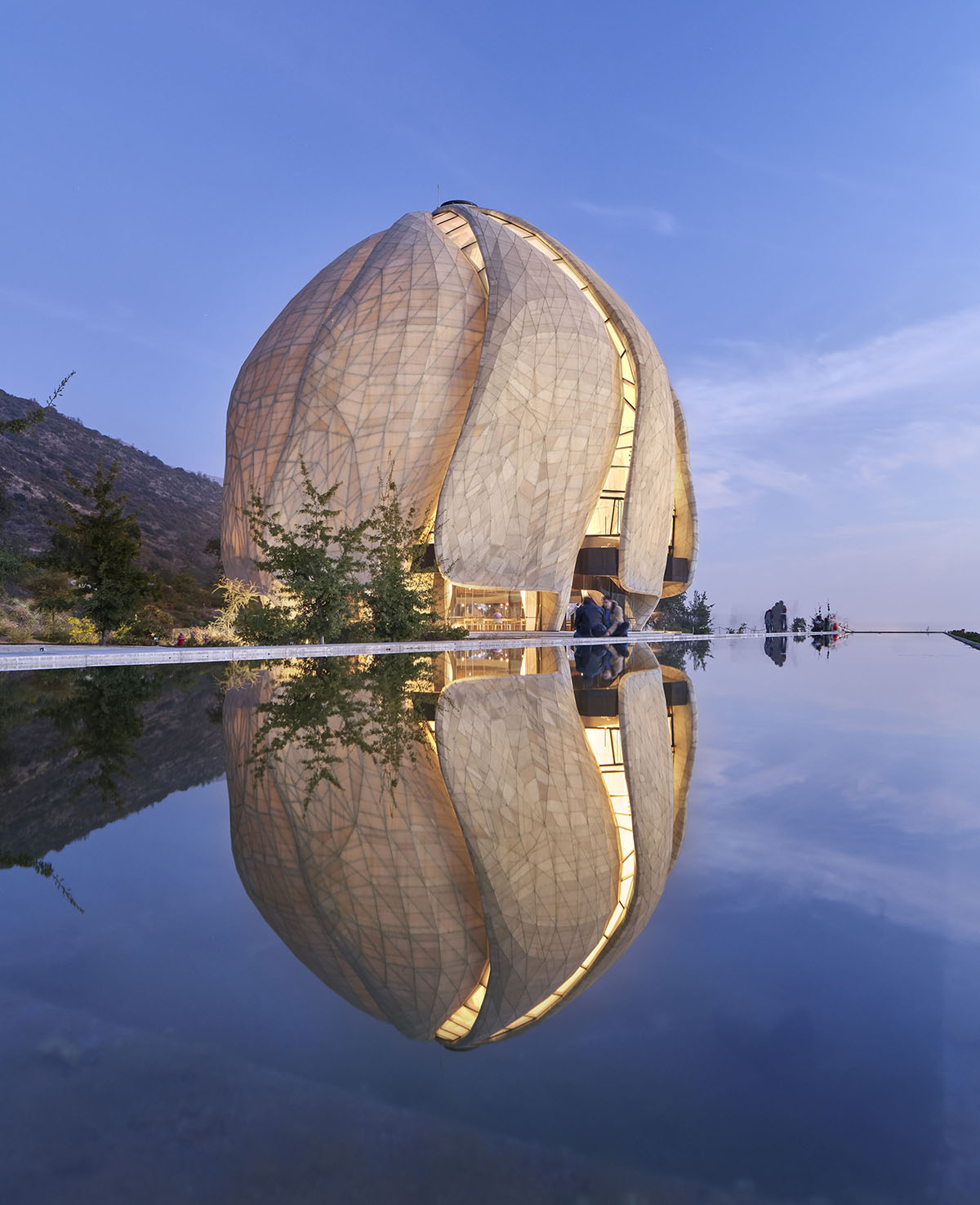
Three strong finalists from Peru, Senegal and Chile have been announced for the 2019 RAIC International Prize for socially transformative architecture. Announced by the Royal Architectural Institute of Canada (RAIC), a six-member jury chose a university building in Peru, an artists’ residence and cultural centre in Senegal, and a Baha’i Temple in Chile.
The prize winner will be announced at a gala in Toronto, Canada on October 25, 2019. The winner will be awarded with $100,000 cash prize. A Canadian firm — Hariri Pontarini Architects, of Toronto has been listed in one of the shortlisted projects.
The prize, awarded every two years, is open to all architects, irrespective of nationality and location. The winner is selected in an open, juried competition. This year’s jury of experts considered a range of criteria in the evaluation of submissions and will visit the shortlisted projects.

Thread: Artists’ Residence and Cultural Center by Toshiko Mori Architect'. Image © Iwan Baan
The finalists include: Barclay & Crousse's Edificio E, Lecture Building at the University of Piura, in Peru, Toshiko Mori Architect's Thread: Artists’ Residence and Cultural Center in Sinthian, Senegal and Hariri Pontarini Architects's Baha’i Temple of South America in Santiago, Chile.
The RAIC received submissions from 12 countries across six continents. 2019 marks the third edition of the biennial prize, which was founded in 2013 and is open to architects from anywhere in the world.
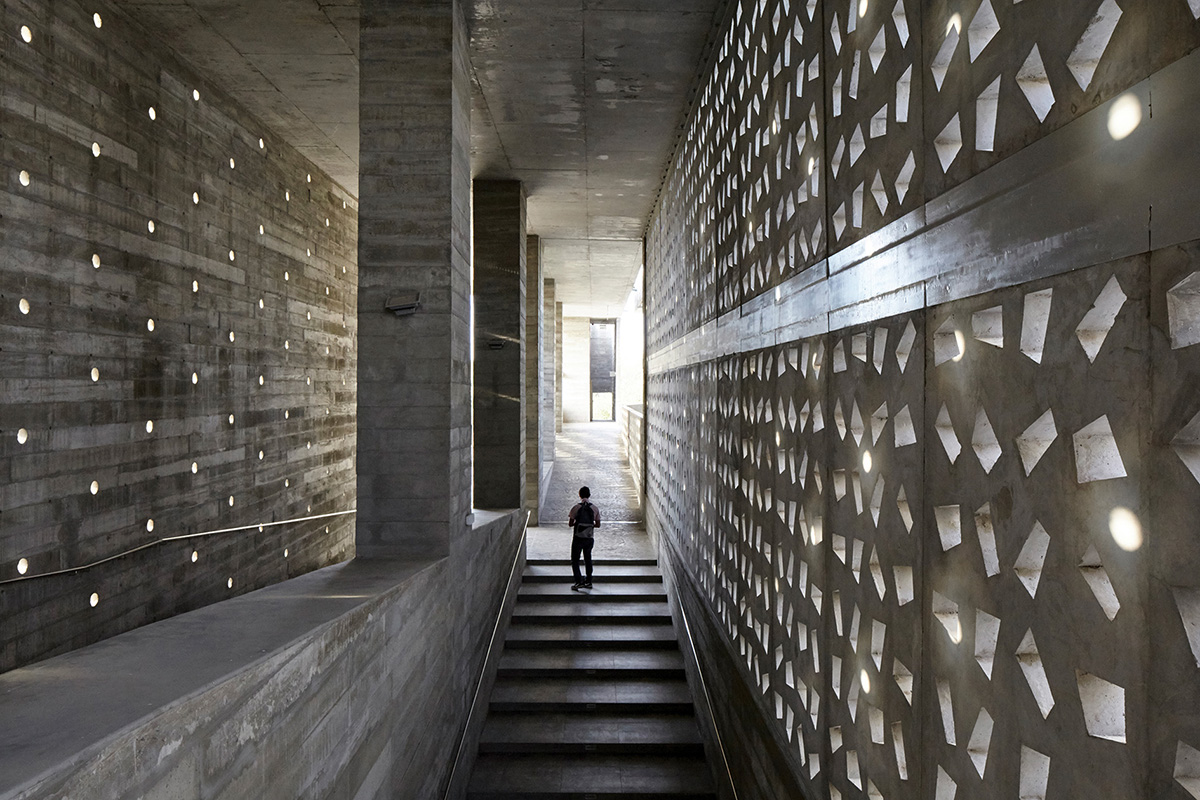
Edificio E by Barclay & Crousse. Image © Cristóbal Palma
"We see in these exceptional buildings how architecture can strengthen community, bring together diverse peoples, lift the spirit, and exist in harmony with the environment," said RAIC President Michael Cox, FRAIC. "Each of these projects offers lessons that can be applied elsewhere, and we hope they will inspire architects around the world as they design for human well-being."
"The jury was struck by the diversity of these designs, from the inverted traditional Senegalese roof that serves as a water collector, to the unique glass-and-marble winged roof that fills the temple with light," said Jury Chair Diarmuid Nash, PP/FRAIC. “These architects have come up with unique and innovative strategies by listening to the needs of their communities."
See the shortlisted nominees below:
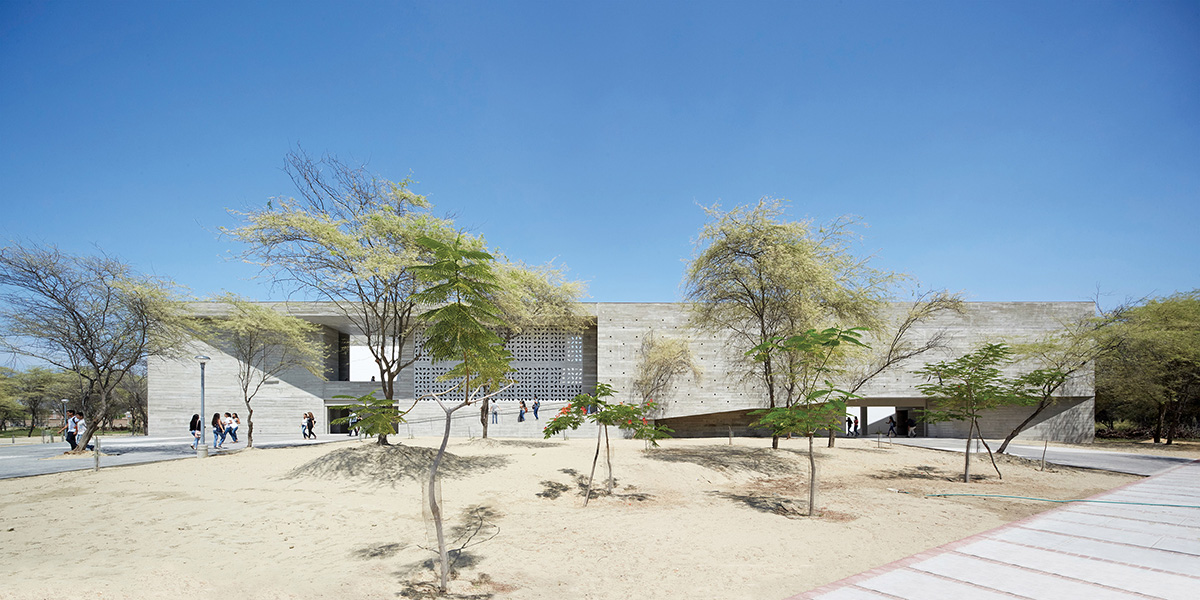
Edificio E by Barclay & Crousse. Image © Cristóbal Palma
Edificio E, Lecture Building, University of Piura, Piura, Peru (March 2016) by Barclay & Crousse (Lima, Peru)
Edificio E reflects Peru’s national policy of encouraging low-income rural students to attend wealthy private universities, as well as the university’s program of social inclusion through education. The designers strove to create a non-hierarchical environment that fosters encounters among students from diverse backgrounds and their teachers. Located in a desert and dry-forest ecosystem near the equator, the building’s generous, open-air gathering spaces bring shade and cross breezes and create a sense of community.
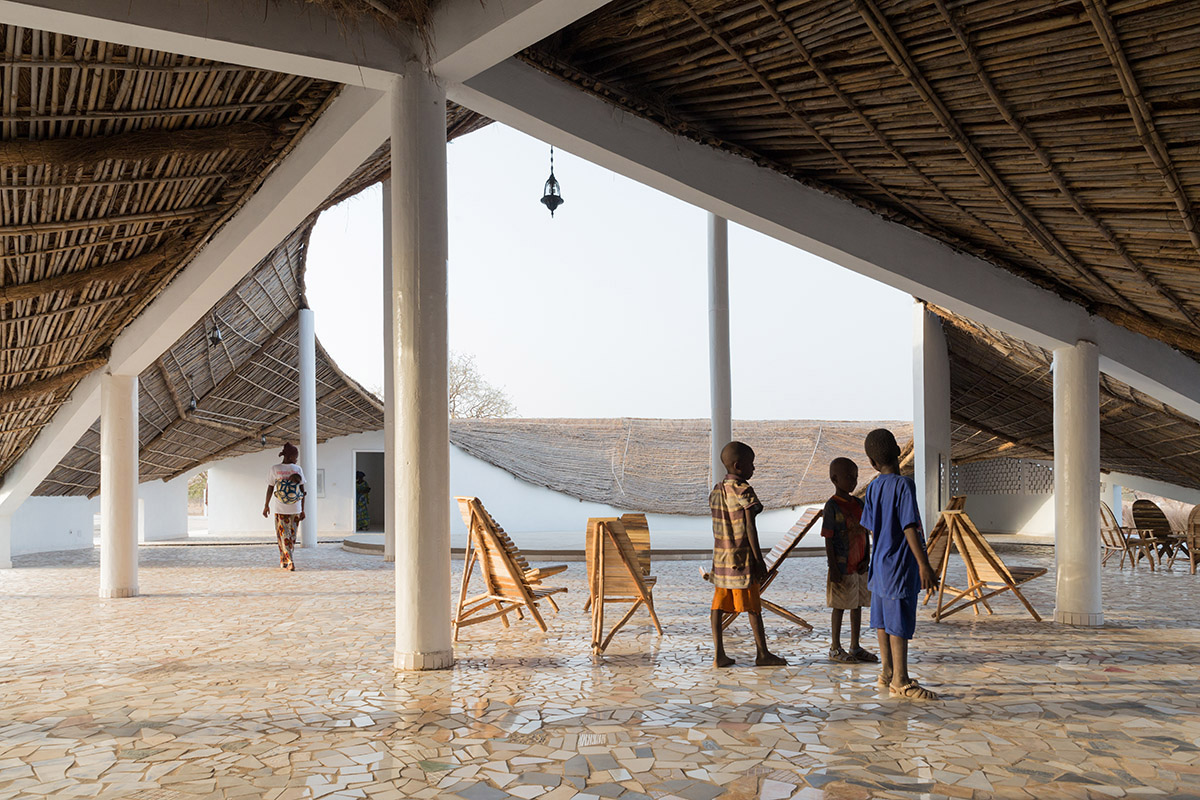
Thread: Artists’ Residence and Cultural Center by Toshiko Mori Architect. Image © Iwan Baan
Thread: Artists’ Residence and Cultural Center, Sinthian, Senegal (March 2015) by Toshiko Mori Architect (New York, USA)
Located in a remote area near the border with Mali, the Thread cultural centre is a community hub for a network of isolated villages, offering spaces for artists, performance, a public library, and agricultural training. Thread adapted traditional building materials and local roof designs to collect rainwater and serve as a water source during the eight-month dry season. It is built entirely from local materials, including bamboo and compressed earth blocks. The centre has increased social cohesion and provided stability in a community of diverse ethnic groups.
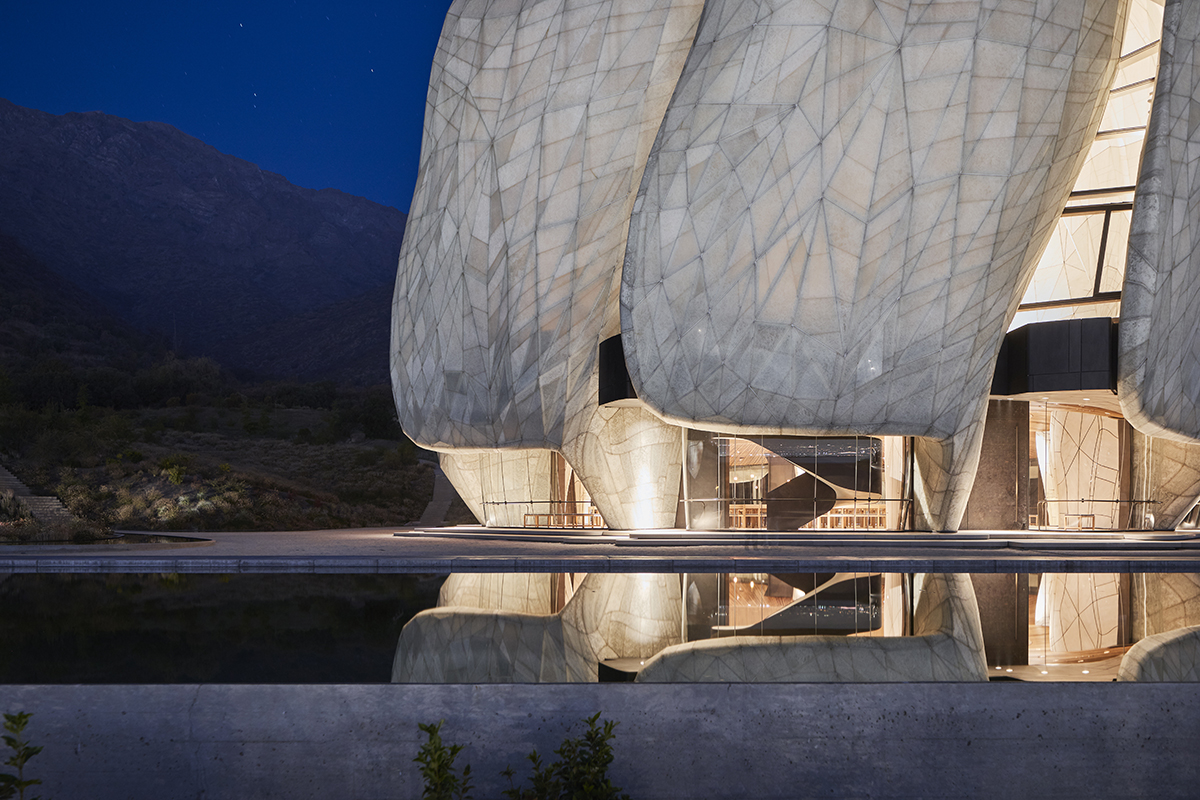
Baha’i Temple of South America by Hariri Pontarini Architects. Image © doublespace photography
Baha’i Temple of South America, Santiago, Chile (October 2016) by Hariri Pontarini Architects (Toronto, Canada)
The Baha’i Temple of South America is designed to be a place of welcome and meaning for everyone. Its design aspires to commonality within diversity, and it has attracted over 1.4 million visitors since opening in Fall 2016. The temple is composed of nine cast-glass and marble wings, achieving a sense of weightless movement, light, and at the same time permanence. At the edge of the Andes, it was built to withstand a rugged climate and an earthquake zone. Its 14-year realization involved hundreds of local volunteers and a global effort, including fabrication in Canada and Germany, marble from a Portuguese quarry, and Chilean tradespeople.
In addition to the main prize, three scholarships of CAD $5,000 each will be awarded to three students of Canadian schools of architecture on the basis of a written essay.
The jury for the 2019 RAIC International Prize comprised of: Anne Carrier, FRAIC – Founder of Anne Carrier Architecture, Stephen Hodder, MBE – Hodder Associates, Barry Johns, FRAIC – Principal of Barry Johns Architects, Eva Matsuzaki, PP/FRAIC – Founder of Women in Architecture, Diarmuid Nash, PP/FRAIC, Jury Chair, Gilles Saucier, FIRAC – Founding partner of Saucier+Perrotte Architectes, David Covo, FRAIC, Associate Professor, Peter Guo-hua Fu School of Architecture at McGill University.
The RAIC, the RAIC Foundation, and distinguished Canadian architect Raymond Moriyama created the RAIC International Prize (formerly called the Moriyama RAIC International Prize) in 2013. Their goal was to share Canadian architectural values with an international audience and celebrate architecture that is socially transformative. One of the most generous architecture prizes in the world, it includes a monetary award of CAD $100,000 and a sculpture designed by Canadian designer Wei Yew.
Top image: Baha’i Temple of South America by Hariri Pontarini Architects. Image © doublespace photography
> via RAIC
